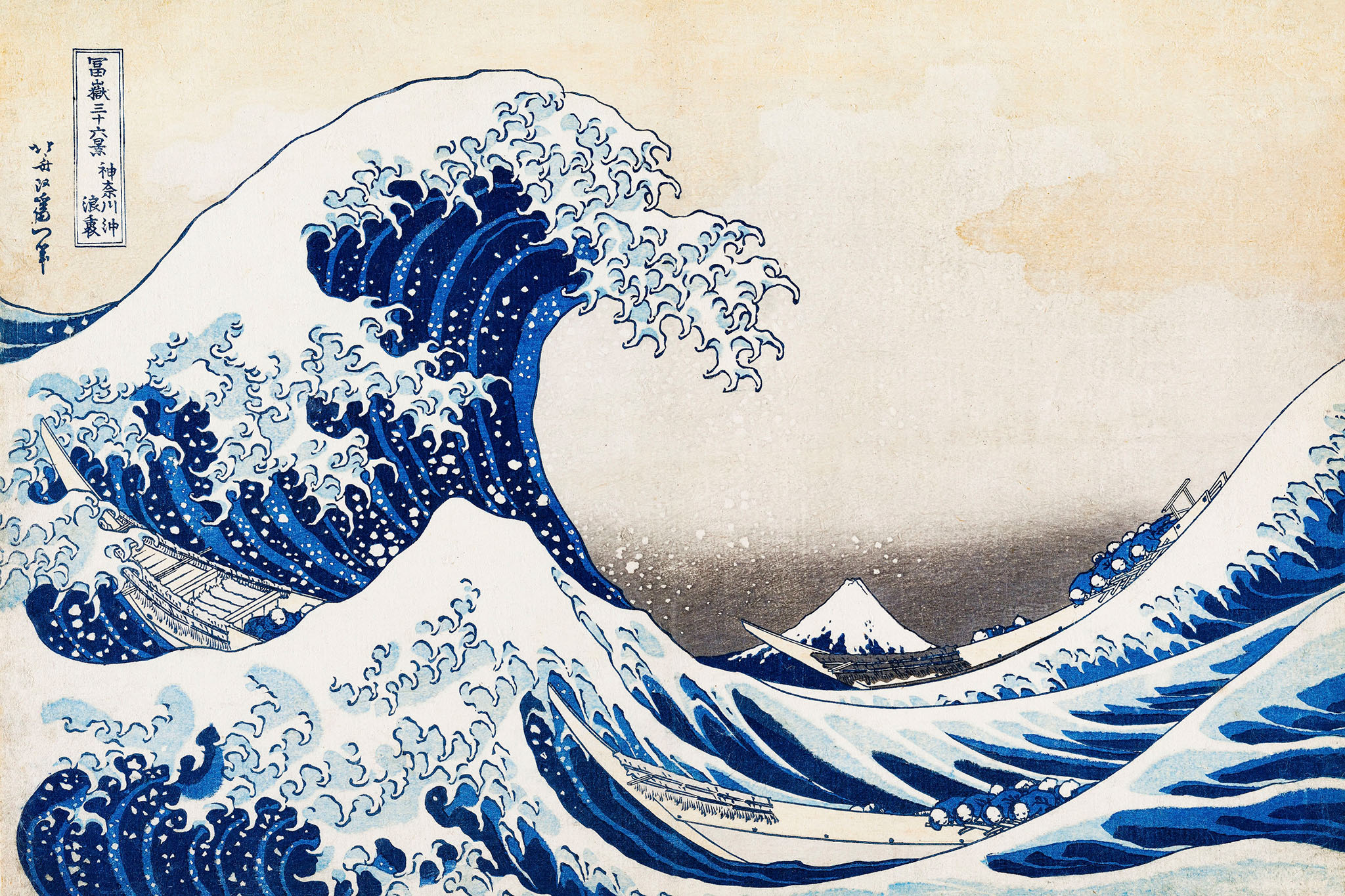

Jun 5, 2023
Ever wondered why certain designs just feel right? Why they catch your eye and stick in your memory? The secret might be the golden ratio, an aesthetic principle that artists and designers have been using for centuries. In this post, we’ll delve into the history of the golden ratio, explore how it’s used in art and design, and discover its impact on how we perceive the world around us.

The golden ratio, sometimes referred to as the golden number or divine proportion, is a mathematical concept that’s deeply rooted in art and design. This ratio, approximately equal to 1.618, has a fascinating property. In mathematics, the golden ratio is constructed using a geometric method. Start with a line segment AB and divide it into two unequal parts such that the ratio of A to B is the same as the ratio of B to A+B. This can be expressed mathematically with the following equation:
a/b = b/(a+b)
Solving this equation yields the value of the golden ratio. This simple yet profound relationship has been recognized since the time of ancient mathematicians like Euclid and Pythagoras. The golden ratio is also related to the Fibonacci sequence, where each number in the sequence is the sum of the two preceding numbers. The ratio of consecutive numbers in the sequence approaches the golden ratio as the sequence progresses.
In the world of aesthetics, the golden ratio is often seen as the mathematical representation of beauty. Over centuries, many have claimed that proportions adhering to the golden ratio have a naturally pleasing effect on the eye. Some suggest that this is because the golden ratio frequently appears in nature, from the spiral pattern of a nautilus shell to the arrangement of leaves on a plant stem, suggesting that we are innately attuned to it.
Over the years, a number of renowned artists and designers have incorporated the golden ratio into their work. For instance, Salvador Dali, the surrealist painter, deliberately used a canvas shaped like a golden rectangle for his painting “The Sacrament of the Last Supper.” Similarly, Le Corbusier, a famous mid-century modern architect, based a large part of his architectural system around the golden ratio. Uses like these highlight the enduring apeal and versatility of the golden ratio in creative work.

In modern architecture, the golden ratio continues to play a significant role. Architects frequently use the golden ratio to determine the proportions of buildings, as it can help create structures that are aesthetically pleasing and harmonious. While not every architectural design strictly adheres to the golden ratio, its principles often guide architects towards more balanced and appealing designs.

Photo credit: Kanhaiya Sharma, Appit (Link)
The golden ratio plays a pivotal role in logo design, aiding in the creation of balanced, attractive logos that capture attention. Designers often use the golden ratio to establish the proportions of different elements within a logo. For instance, the ratio can be used to determine the size of a symbol relative to the text, or to balance different parts of a complex logo. When used effectively, the golden ratio can make a logo more harmonious and memorable.
In the digital realm, the golden ratio can greatly enhance the user experience of websites and apps. By using the golden ratio, designers can create layouts that are balanced and easy to navigate. For example, the ratio can be used to determine the width of a sidebar in relation to the main content area, or to balance the size of images and text. The golden ratio can also guide the placement of buttons and other interactive elements, helping to create interfaces that are intuitive and user-friendly.
The golden ratio, with its fascinating history and versatile application, serves as a powerful tool in the hands of artists, designers, and architects. Its presence in nature and its aesthetic appeal make it a universal principle of beauty and balance. By understanding and applying the golden ratio, we can create compositions that resonate with audiences on a fundamental level.
So, why not put the golden ratio to the test in your own work? Whether you're designing a logo, laying out a webpage, or sketching a building, try incorporating the golden ratio into your designs. Don't be afraid to experiment and see how this mathematical principle can enhance your creative process. Remember, the golden ratio isn't a strict rule, but a guide to help you create balanced and aesthetically pleasing designs. So go ahead, explore the possibilities with the golden ratio, and let your creativity shine!